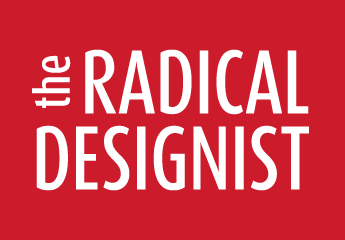Design Policies:
Between Dictatorship and Resistance
Special issue of The Radical Designist
AKA Reader’s Designist Magazine.
The Radical Designist gets back to a normal rhythm of publication. It stands as a Design Culture Journal originated in a research group named “Theory and History of Material Culture” active in UNIDCOM-IADE since its beginning in 2001 to 2013.
ThRAD is a journal open to all fields of Design but devoted to publish articles in a form of “Essay”. The papers should look like papers on Cultural Studies or History or Philosophy or Art Theory, in conclusion, look like Arts and Humanities essays. We also would like to privilege individual contributions with clear authorship marked not only by academic rigor but also by educated opinion.
This is the case of this special issue we chose to edit to re ignite ThRAD in 2015.
The special issue results from a research project coordinated by Helena Souto, “Design in Portugal (1960-1974): the actions, actors and repercussions of the Art, Industrial Architecture and Industrial Design Nuclei of the National Institute of Industrial Research (I.N.I.I.)" [“Design em Portugal (1960-1974): acções, intervenientes e repercussões do Núcleo de Arte e Arquitectura Industrial e do Núcleo de Design Industrial do Instituto Nacional de Investigação Industrial (I.N.I.I)”] funded by FCT, Portuguese main science funding agency.
In the call for papers broadcasted earlier this year we wrote:
“During Cold War in peripheral countries and regions, like the Iberian peninsula, Eastern Europe or Latin America, Design was, not only a discipline related with industrial development and modernization, but also, due to its DNA, social insertion and ethics, an instrument of resistance to dictatorships.
In the case of Portugal, the country was one of the founders of EFTA (European Free Trade Association) in 1960 corresponding to a first sign of the New State's dictatorship concern with exportation and foreign markets. However, another sign of the Cold War, the Portuguese colonial conflict, and a counter insurgence notion of social development contributed to create a market in Africa. In consequence, the Portuguese economy witnessed an enhancement of its industrial sector. By developing these activities, some enlightened industrials and designers believed that a metadesign approach in the Portuguese industry could contribute to the transformation of the regime and conduce to the achievement of democratic governance.
In consequence, the late 1960’s early 1970’s witnessed the emergence of a new professional starting to be designated as “designer”. The transfer of methodological knowledge from “Democracies” to “Dictatorships”, determined by the need of modernization, carried out also an ideological democratic insemination that helped to corrode the Regime’s structural foundations.
The purpose of this special issue is to contribute to a panoramic view over the impact of design policies in the internationalization of economies and social professional change during the Cold War, but also how design contributed to the values of democracy both political and social in this period, especially in the 1960 ‘s and 1970’s. This call proposes also to cover processes in which “democracies” were subjected to authoritarian dictates over minorities either social or political.”
The selected papers show, from Brazil, Portugal, Spain and former Yugoslavia, similar processes, a zeitgeist in which dictatorships were starting (also) to crumble due to their own grasp for modernization. Design was one more agent in their destruction but most of all the productive infra structure that allowed following democracies to prosper and endure.
Co-Editors
Eduardo Côrte-Real, Helena Souto

